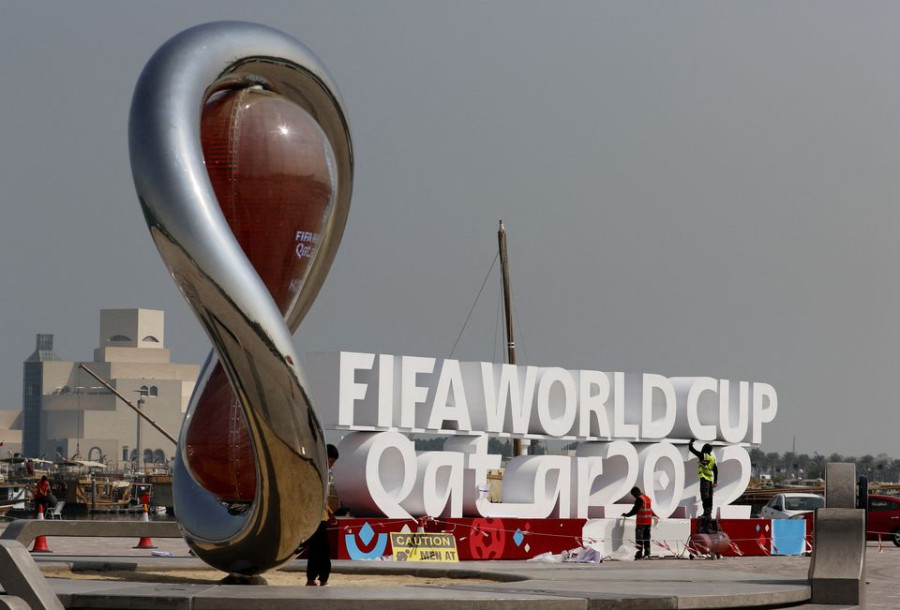Editorial
Foul play
The abuse Qatar employed while completing World Cup projects will be etched in public memory.
Qatar, a country long flagged for its mistreatment of migrant workers, is again in the spotlight for emptying apartment blocks housing thousands of foreign labourers, most likely to make space for football fans coming for the World Cup. With under three weeks for the start of the tournament, it is difficult to accept the official explanation that the evictions are part of an old drive to ‘reorganise’ areas of the capital Doha. Short of hotel and housing facilities for the expected 1.2 million visiting fans who will descend on the country starting November 20, one reason for the evictions could be to refurbish the emptied properties to adjust these fans. More sinisterly, Qatar also wants to hide from the world the wretched conditions of the country’s migrant workers.
Qatar won the bid for the right to host the 2022 FIFA World Cup in 2010. It then embarked an unprecedented building spree that included seven new stadiums, a new airport, 100 new hotels and a network of new roads connecting essential landmarks. As the deadline for the completion of these facilities approached, the Qatari authorities hired tens of thousands of foreign workers to get the work done on time. Yet they didn’t bother to ensure even minimum facilities for these workers who were toiling night and day, often in temperatures in excess of 50 degree centigrade.
An investigation by The Guardian last year found that of the 6,500 South Asian migrant workers who lost their lives in Qatar in the past decade, as many as 1,641 were from Nepal. On average, 12 migrant workers from India, Pakistan, Nepal, Bangladesh and Sri Lanka have died every week since December 2010 when Qatar was named the host nation for the FIFA World Cup 2022. International calls to offer financial compensation to the families of those who died while building World Cup facilities have fallen on deaf ears. Tragically, the labour reforms enacted by Qatar in 2017 to improve the living conditions and give more freedom to migrant workers, who are bound to their employers and unable to switch jobs, have made no headway either.
Had the international community been serious about making Qatar accountable for its atrocious treatment of migrant workers, they could have done a lot more to build pressure on Doha. At the very least, it should have been made to offer some kind of financial compensation to the families of those killed or maimed while undertaking construction activities in the past decade. The country would have gone great lengths to ensure it did not lose World Cup-hosting rights.
The World Cup will be staged irrespective of how people view workplace rights in Qatar. But the abusive practices employed in the rush to complete the projects will remain etched in public memory. Currently, Qatar’s image makeover has mainly been cosmetic, clearing areas forcibly to ensure that nothing unpleasant is visible to the spectators. In reality, the only good way to clean up its poor international image is to ensure a safe and dignified existence for its migrant workers on whose back it has built its prosperity. Few travellers to Qatar this November will be fooled by the glitz and glamour on display.




 10.12°C Kathmandu
10.12°C Kathmandu














